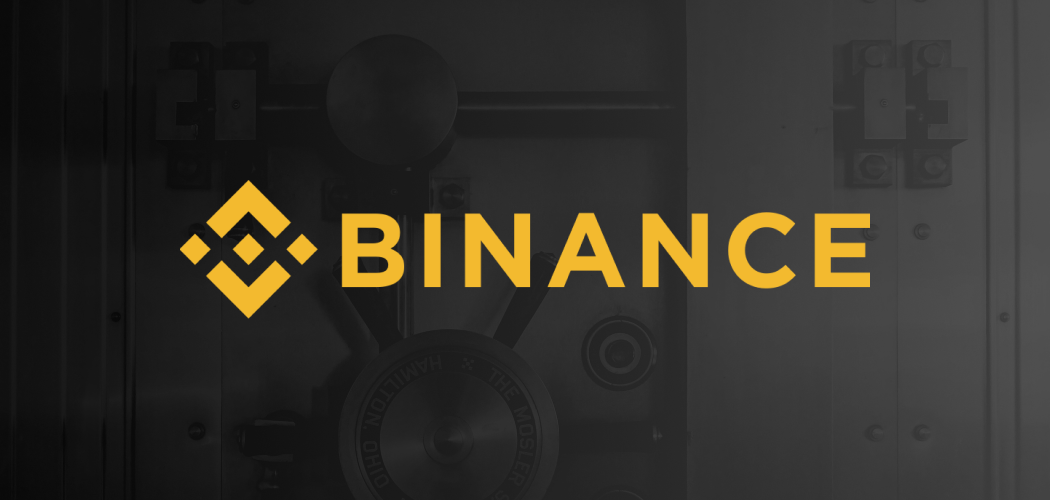Binance has just unveiled Binance Bridge 2.0, which will allow for the connection of traditional crypto-based centralized finance products (CeFi) with decentralized finance (DeFi) products. The tool will enable users to securely bridge assets from any blockchain to its on BNB Chain (formerly known as the Binance Smart Chain).
As the world's largest cryptocurrency exchange by trading volume, this move from Binance certainly create a significant impact on the crypto market. This is the second iteration of its cross-chain protocol, effectively connecting BNB Chain, its flagship Layer 1 blockchain, with other blockchains.
"DeFi is driving the creation of cutting-edge use cases for Web3 including NFTs, gaming, metaverse, and MetaFi. With Binance Bridge 2.0, we can make DeFi accessible to a larger audience worldwide, while still providing the seamless user experience that CeFi provides," shares Mayur Kamat, Head of Product at Binance.
The latest iteration will be able to support various blockchains and expand on its current integrations, while also featuring a better user experience and decreasing maintenance costs. BNB Chain is an EVM (Ethereum Virtual Machine) compatible blockchain for smart contract execution. Apart from this, Binance has also announced that scaling platforms Celer, Ankr, and NodeReal have collaborated to launched the first testnet for BSC Application Sidechain (BAS), where experimental decentralized applications can be run for stress testing.
However, this also means that unlisted tokens which may pose potential threats or scams through rugpulls can be brought on the BNB Chain as "BTokens" pegged to the value of an underlying cryptocurrency by wrapping or mirroring them from another blockchain protocol. These are limited, however, in that they are restricted to Binance's Funding Wallets, with officially listed tokens available in either Funding or Spot Wallets.
Binance Bridge 2.0 also features a new automated circulation control system for these BTokens, a feature that would allow it to keep only a "buffer" surplus of every wrapped token in hot wallets, while also minting new ones as users migrate tokens from various blockchains on the BNB Chain. As a security measure, the remaining circulating supply of tokens are backed by native tokens directly bridged to Binance.
The move from Binance is part of its push towards becoming a key player in terms of blockchain infrastructure services, with a rebrand from Binance Smart Chain to its current BNB Chain initiated in February. With this new iteration of the Binance Bridge, users and developers will now be able to integrate and bring over other tokens to Binance's ecosystem of services and functionalities.
Disclaimer: This article is provided for informational purposes only. It is not offered or intended to be used as legal, tax, investment, financial, or other advice.
Investment Disclaimer















